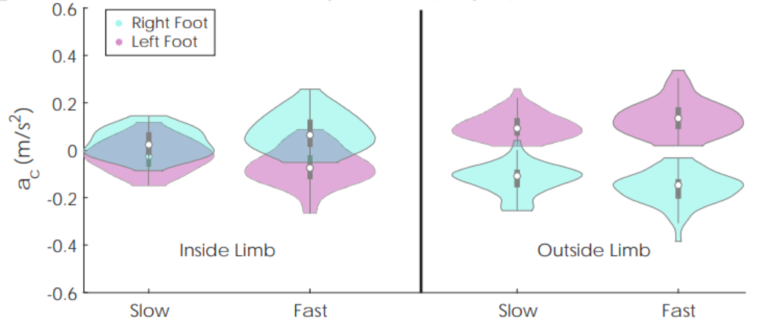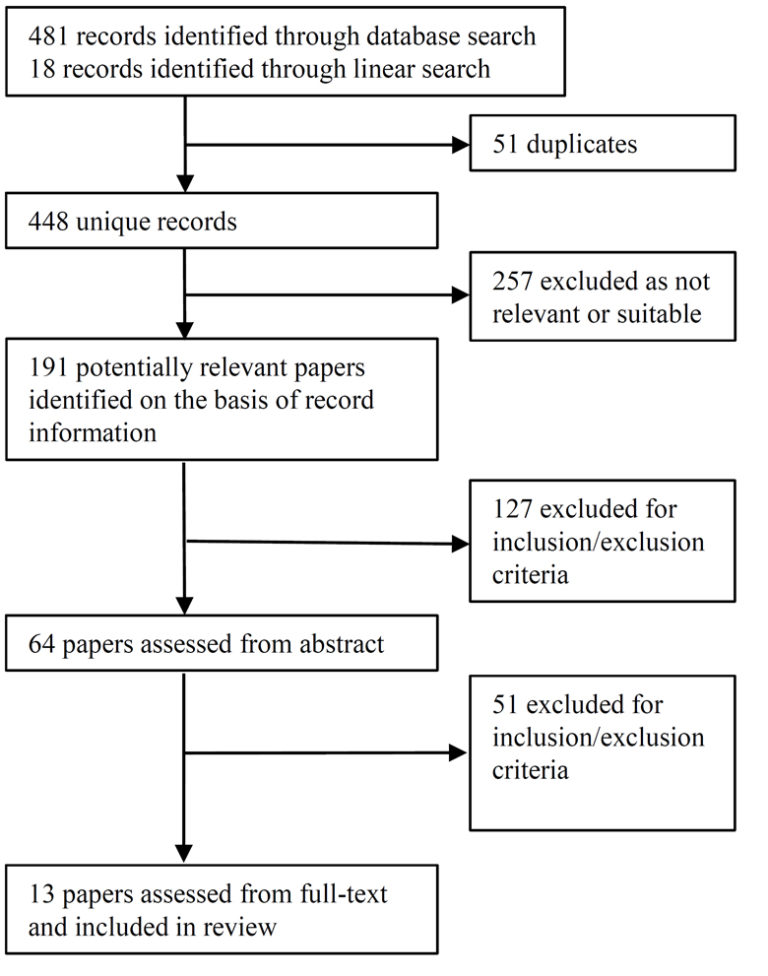Inertial Sensor-Based Centripetal Acceleration as a Correlate for Lateral Margin of Stability During Walking and Turning
https://www.embs.org/tnsre/wp-content/uploads/sites/15/2020/03/03.png
1535
648
Transactions on Neural Systems and Rehabilitation Engineering (TNSRE)
//www.embs.org/tnsre/wp-content/uploads/sites/15/2022/06/ieee-tnsre-logo2x.png
There is growing interest in using inertial sensors to continuously monitor gait during free-living mobility. Inertial sensors can provide many gait measures, but they struggle to capture the spatial stability…
read more


